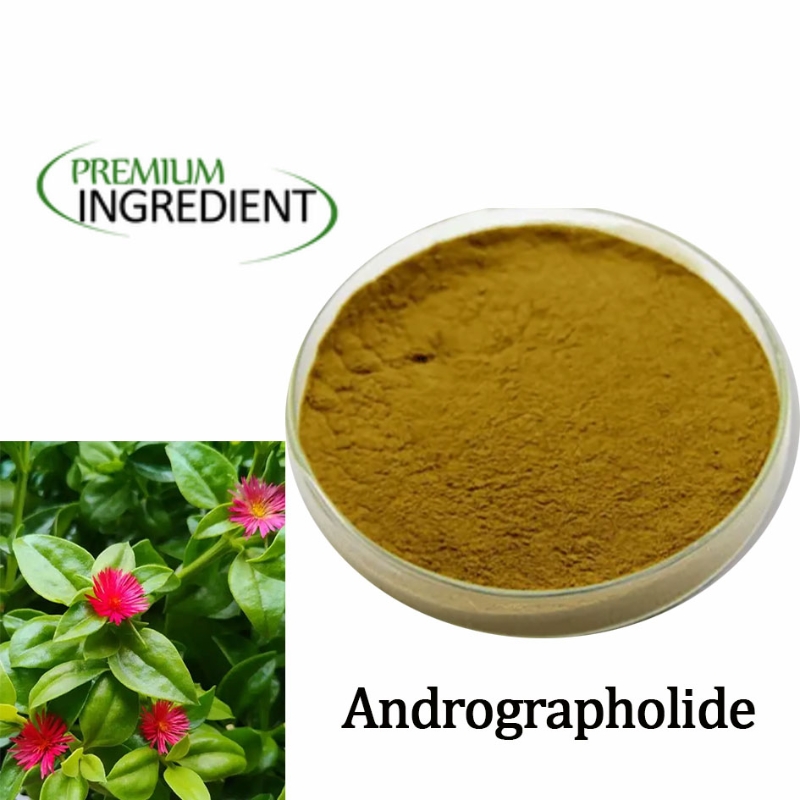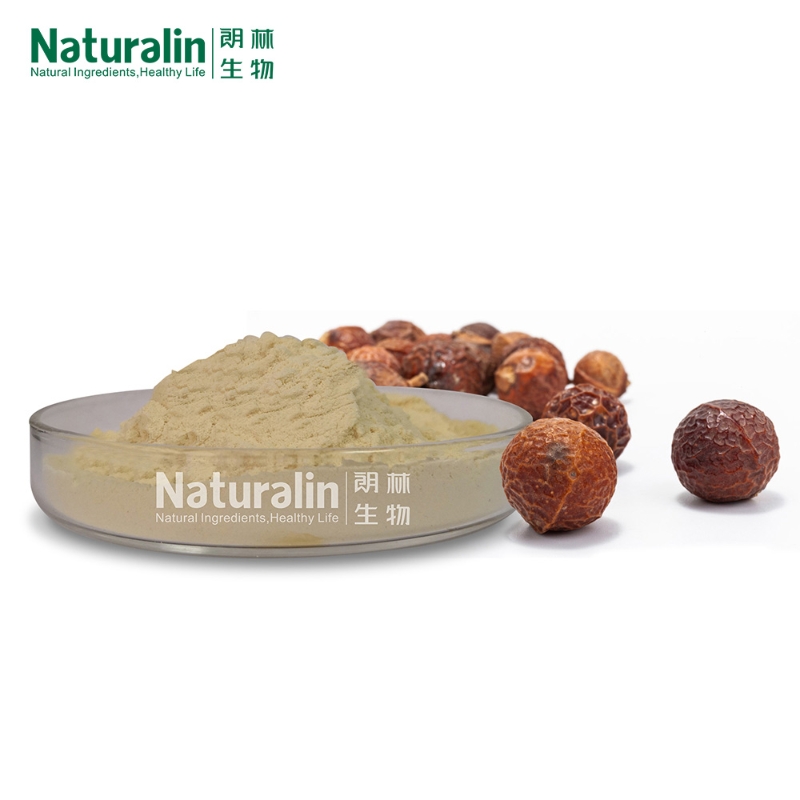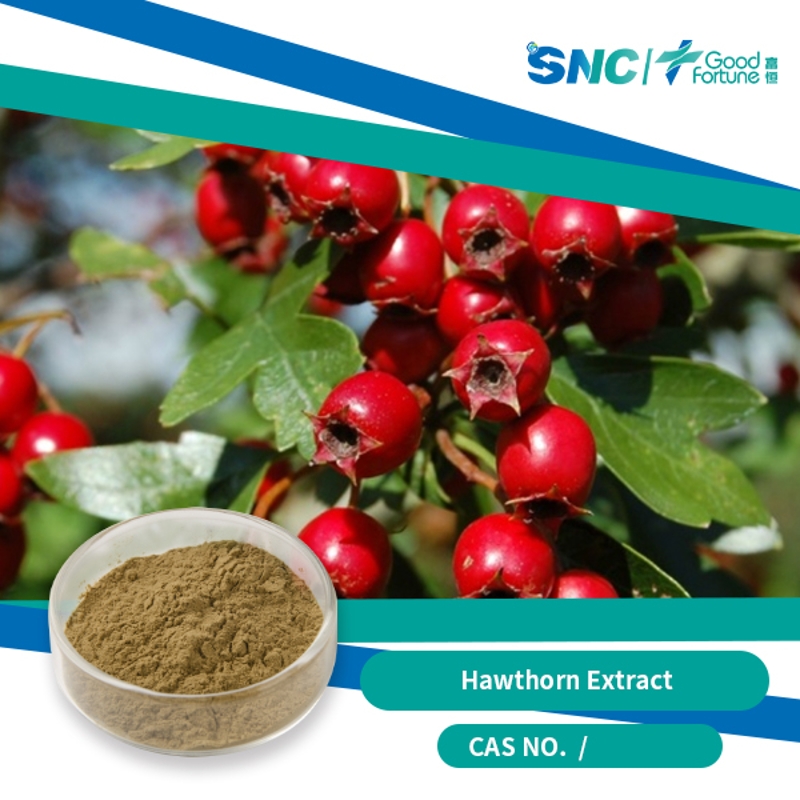-
Categories
-
Pharmaceutical Intermediates
-
Active Pharmaceutical Ingredients
-
Food Additives
- Industrial Coatings
- Agrochemicals
- Dyes and Pigments
- Surfactant
- Flavors and Fragrances
- Chemical Reagents
- Catalyst and Auxiliary
- Natural Products
- Inorganic Chemistry
-
Organic Chemistry
-
Biochemical Engineering
- Analytical Chemistry
-
Cosmetic Ingredient
- Water Treatment Chemical
-
Pharmaceutical Intermediates
Promotion
ECHEMI Mall
Wholesale
Weekly Price
Exhibition
News
-
Trade Service
This chapter outlines a quantitative proteomics workflow using a label-free spectral counting technique. The workflow has been tested on different aspects of chloroplast biology in maize and Arabidopsis, including chloroplast mutant analysis, cell-type specific chloroplast differentiation, and the proplastid-to-�chloroplast transition. The workflow involves one-dimensional
SDS
-PAGE of the proteomes of leaves or chloroplast subfractions, tryptic digestions, online LC-MS/MS using a mass spectrometer with high mass accuracy and duty cycle, followed by semiautomatic data processing. The bioinformatics analysis can effectively select best gene models and deals with quantification of closely related proteins; the workflow avoids overidentification of proteins and results in more accurate protein quantification. The final output includes pairwise comparative quantitative analysis, as well as hierarchical clustering for discovery of temporal and spatial patterns of protein accumulation. A brief discussion about potential pitfalls, as well as the advantages and disadvantages of spectral counting, is provided.







